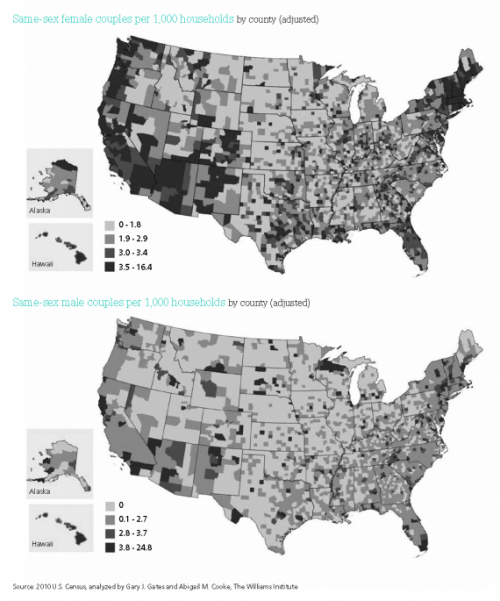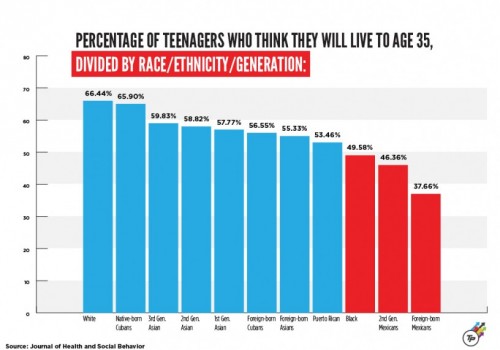On Mardi Gras mornings before dawn, members of the North Side Skull and Bones Gang prowl the streets. It’s a 200 year old tradition belonging to African American residents of the city. They first prowled in 1819.
Members of the gang dress up like ominous skeletons. At nola.com, Sharon Litwin writes:
Because the origins of the Gang were with working class folk who had little money for silks and satins, the skeleton suits are made from everyday items and simple fabrics. Baling wire (to construct the shape of the head) along with flour and water to bind together old newspapers, create the head itself.
Their message is to “warn [people] away from violence” — says the North Side Chief, Bruce “Sunpie” Barnes — especially young people, and especially gun and domestic violence. He explains:
The bone gang represents people… waking people up about what they’re doing in life, if they don’t change their lifestyle. You know. We’re like the dead angels. We let you know, if you keep doing what you’re doing, you’re gonna be with us.
Up before most residents, members of the gang cause a ruckus. They sing songs, bang on doors, and play-threaten their neighbors.
Here’s some footage:
Lisa Wade, PhD is an Associate Professor at Tulane University. She is the author of American Hookup, a book about college sexual culture; a textbook about gender; and a forthcoming introductory text: Terrible Magnificent Sociology. You can follow her on Twitter and Instagram.







